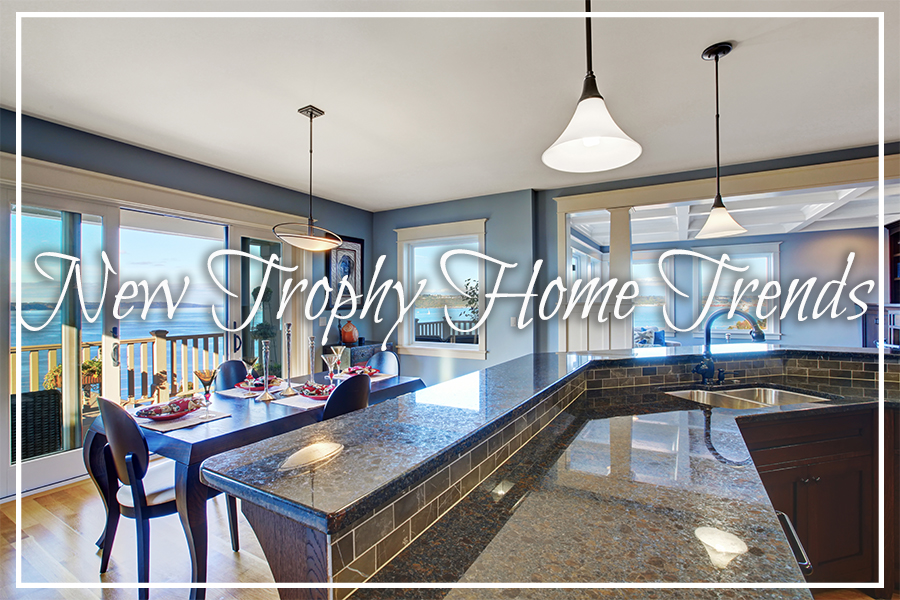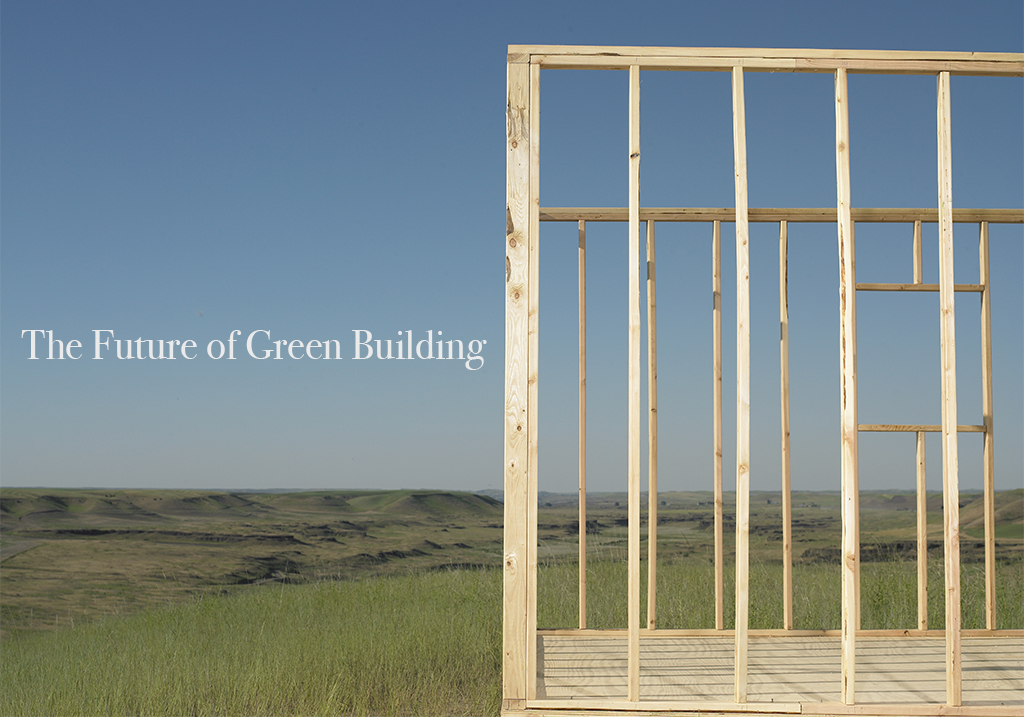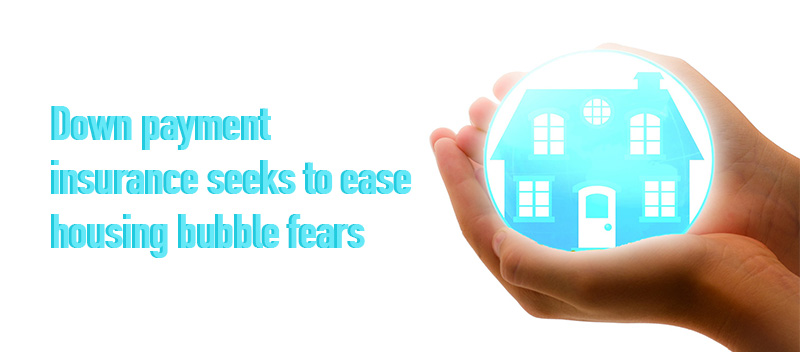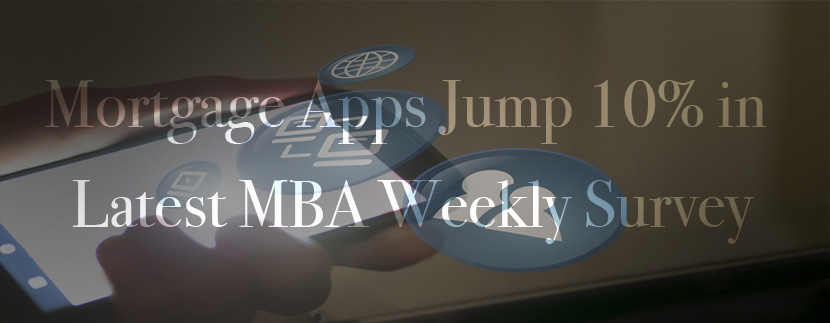Author: Igor Nastaskin
New Trophy Home Trends: Two Kitchens, Two Closets and Gallery Garages
Forget multiple bedrooms and double-digit bathrooms. According to a report by “Hollywood Reporter,” high-end home buyers are now demanding “show” and “hidden” versions of kitchens, garages and the like for their trophy homes. Here is a list of just some of the top-notch features currently being added to L.A.’s mega-mansions: • Private prep kitchens and butler’s pantries • Working and “boutique closets” with a retail feel, where outfits are laid out and arranged daily, along with hidden closets for storing clothes, shoes and purses • Dual garages — one a storage space and the other a gallery garage that gives car collections the high-art treatment with expert lighting, steel-folding glass doors and viewing rooms • Basement-level lounge rooms with scenery — like underwater views of the pool via a massive window from a bar • Open-concept bathrooms that seamlessly open to private outdoor rooms, complete with fireplaces and multiple sitting areas
What Home Purchasers Need to Know about Low Mortgage Rates
Mortgage rates continue to linger at their lowest level in three years … and rates are predicted to remain attractively low as we enter the peak home-buying months of the year, according to Realtor.com Chief Economist Jonathan Smoke. Here, a few facts from Smoke that anyone considering a home purchase this summer needs to know: Lower rates mean more buying power “As of Tuesday (May 10), the average 30-year conforming rate nationally was 3.6 percent, which is the lowest it has been in three years. The downward movement in rates this year has been a gift to the well-qualified potential buyer, as the lower interest rate provides for almost 6 percent more buying power.” Lower rates mean tighter credit “There are downsides to lower mortgage rates. One disadvantage is that credit availability declines marginally as the rates decline. With little margin, lenders become more risk averse, so indicators of credit tightness like the average FICO score have ticked up as rates have gone down”, says Smoke. Rates are likely to stay under 4 percent in the near term “The average 30-year rate will likely remain under 4 percent throughout the spring and summer and into the early fall. The average forecast sees the 30-year conforming rate ending the year at 4.21 percent, which would be 12 basis points higher than we ended 2015.” Buyers should monitor rates closely and expect fluctuations “In this type of environment, it will be crucial for would-be buyers or refinancers to stay on top of rates, work closely with mortgage brokers or lenders, and learn about options like locks and float-downs. Given how volatile rates have been this year, borrowers are likely to see both lower and higher rates from time of application to time of closing, which is what makes these options potentially attractive. However, they do come at a price, so you need to weigh the potential gains against the costs with your lender.”
The Future of Green Building
In less than four years, California’s housing industry will be required to start building homes that produce as much power as they use during the course of a year as part of the state’s 2020 “net-zero energy” goal. To achieve that goal, builders must employ a mix of reduced energy consumption and solar electricity production through techniques like additional insulation, energy-efficient lighting and appliances, and double- and triple-paned, coated windows — with costs adding $20,000 to $50,000 to home prices. That leads us to the major obstacle: how to keep construction costs in line, so buyers don’t forsake new housing for cheaper resale homes. And one area developer is serving as an inspiration for how to build net-zero homes with existing materials and equipment at an affordable price. The first ABC Green Home went on display at the Orange County Great Park in October 2012. Southern California Edison partnered with Green Homebuilding magazine publisher Nick Slevin, the project’s chief developer, to pay most of the concept 1,700-square-foot, Craftsman-style home’s $300,000 building costs. Students from high school building programs helped with the construction. Two more ABC concept homes now are under construction in the San Gabriel Valley and Fullerton, with plans for the original home to be reconstructed in Santa Ana and three more homes in the works. Eventually, the six ABC Green Homes will be sold to disabled veterans and their families through Habitat for Humanity. Habitat and Green Homebuilder advertisers are helping pay for the final five homes, with the cities of Walnut and Fullerton donating two of the three lots being used. The best news? Homebuilding companies already have adopted some of the ABC Green Home’s features. “This home was seen by industry professionals, both on the design side and the builder side,” said the first home’s designer, architect Manny Gonzalez of Irvine-based KTGY Architecture and Planning, in a recent report by the O.C. Register. “When we get to 2020 and look at what got us there, the ABC Green Home certainly would be at the forefront of that effort.” Others spearheading the green-building forefront include: • The National Association of Home Builders, which has featured a demonstration home showcasing all types of features that developers can incorporate into their construction at its annual builder’s show since 1984. • Los Angeles homebuilder KB Home, which has built 12 net-zero demonstration homes around the country since 2011 — including one in Lake Forest and three others in California. KB Home also is teaming up with KTGY’s Gonzalez, the ABC Green Home’s first designer, to produce another demonstration house for the Greenbuild International Conference in downtown Los Angeles in October. And, sometime within the next year, the company plans to launch its first net-zero community for the mass market at an undisclosed location in Southern California. • Brookfield Residential of Southern California, which built a pilot net-zero home in Ontario in 2012. Now many of its homes are solar-ready, featuring thicker exterior walls with added insulation. Like the ABC home, Brookfield also uses more efficient water heaters and does leak tests on air ducts. • Irvine-based City Ventures has built 900 solar, all-electric town-homes in the past five years and has 500 similar homes under construction from Chula Vista to Santa Rosa. The company also built 13 all electric, solar houses in Carson. On average, solar panels supply about 30 percent of the power used in City Venture’s homes.
Secrets of an Open House
You can look for homes on the Internet all day, but unless you actually visit a property, you can’t see firsthand the fabulous views, many amenities and whether you can envision yourself living there long term. You also can’t spot the potential hazards that could be lurking. Here are five tips on what to seek out at an open house. 1. Structural Defects The house might seem incredible, but if you take a closer look you might be able to identify potential pitfalls. Inside, look for cracks in ceilings and walls; note any floor sloping; and be sure to check and make sure all of the doors open and close properly. On the exterior, hunt for neglected maintenance issues; pay attention to the exterior paint (does it look fresh, or is it chipping?); note whether the roof shingles look like they need replacing in the next two-five years; and also check the condition of the gutters and other key items. 2. Unsightly Items Owners might conceal unattractive features like scuffs and stains during a showing. This is where an additional viewing of the home later might uncover some flaws you didn’t notice before. For example, water stains on the ceilings and along the baseboards in the basement are sure signs of flooding, drainage, or roof trouble, and can lead to mold and mildew issues. 3. The Layout Pay special attention to whether or not the rooms feel spacious and flow throughout. The way one room opens to the next is important when it comes to making the most of your space. And be sure to note if the home fits with your lifestyle. Having space dedicated to specific, important facets of your life — such as an office if you work from home — is equally important. Also, notice if the home has plenty of natural light and good airflow, which could help reduce utility bills during summer months. And, lastly, but most importantly, make sure the home’s storage space will accommodate all of your belongings. 4. Neighbors and Neighborhood What you see during a showing might not be reality. Find out what a neighborhood really is like when everyone is home from work or school by driving through the area at night. Note traffic speeds; the condition of other homes; privacy; and if there’s access to all of the amenities your family needs and requires. 5. Other Attendees If a lot of people are walking in and out of the home quickly, the home probably has some issues. If buyers are hanging around, it could be a sign this is a hot listing and you should jump on it quickly.
Spring Weather and the Real Estate Market: A Perfect Match
Everything grows in the spring, including flowers, baby animals and housing sales. Mortgage rates are close to a three-year low. This is improving consumers’ purchasing power. Many of these home buyers, unable to purchase a home in 2015, are jumping at the chance to take advantage of low rates. However, the number of buyers is growing faster than the number of homes for sale. That means that listings are turning over quickly and houses are selling rapidly. In the beginning of April, homes were on the market for about two weeks less than in the first two weeks of March. What does that mean for you as a seller? You’re likely to get the money that you want for your home if you list it now. What does that mean for you as a buyer? You might want to make some quick decisions, because the open house you went to on Saturday might be sold by Monday. In some of the hottest markets across the United States, the median listing is up for fewer than two weeks. Some of those cities are Sunnyvale, CA, Fort Worth, TX, Louisville, KY, Cambridge, MA, and Henrico, VA. The weather has something to do with the market; buyers are more likely to check out open houses during pleasant conditions. April started out a little cooler than average, and the next few weeks are predicted to be ideal when it comes to precipitation and temperature. No matter where you live, if you’re looking to buy or sell your home, this is a perfect time to do it.
Down payment insurance seeks to ease housing bubble fears
Since spring hit, home prices are sizzling. Everyone hopes the trend will continue. However, many are a bit fearful another housing crisis may erupt. To calm new buyers, a Dallas-based company has launched a down payment protection plan called +Plus. This is insurance on home equity. If it takes off, many financial experts believe there will be more options to choose from in the future. The +Plus product allows an individual to insure 20 percent of his or her property up to $200,000. The term lasts for seven years, and no rental properties qualify. Unfortunately, if you sell you house for a loss, it may not be possible to recoup lost equity. The +Plus plan measures a house’s value by a government index. If your particular area sees a drop in home values, and this drop is more than your state’s measured value, you will probably end up with less money. Despite the small downside, this type of insurance is expected to be popular. It gives the working class peace of mind they will maintain financial control and flexibility of home ownership. Many people look back to 2009, which was the height of the last housing crisis. Approximately 26 percent of mortgaged homes had negative equity, and millions went into foreclosure. A high number of owners who remained are still short on equity, which has made it difficult to move. If this type of insurance was offered back then, many people would be in a different position. Today, it protects an owner from a downturn in value, especially in areas where prices are volatile. If you want to be your own insurer, you may wish to consider this type of plan.
Mortgage Apps Jump 10 percent in Latest MBA Weekly Survey
With the advent of spring, eager prospective buyers are trying to find the best deal on the perfect home. While each year brings new challenges, this year is marked by low inventory and rising prices. Industry professionals expect this trend to continue. Although rising prices can make affordability a major concern, this is being offset by near-record low interest rates. These recent low rates and a strong labor market encouraged more buyers to enter the housing market, as the drop may be temporary should the Federal Reserve raise interest rates as expected. According to the mortgage banking industry trade association, buyers took full advantage of the current favorable situation. Total mortgage applications surged 10 percent last week on a seasonally adjusted basis. Continuing their upward trend, refinance applications rose 11 percent. Mortgage applications for the purchase of a new home, which have fallen in recent weeks, did a sharp turnaround rising a strong 9 percent. The applications reached the second-highest level since 2010. Buyers who missed an opportunity to lock in low rates back in February were able to take advantage of these new low rates. The sharp increase in sales may encourage more sellers to list their homes in response to the stronger housing market. Low interest rates are fueling an increased demand for housing. A professional real estate agent can help sellers find the right opportunity to sell at a fair price while showing buyers how to take advantage of some of the best mortgage rates in years.







